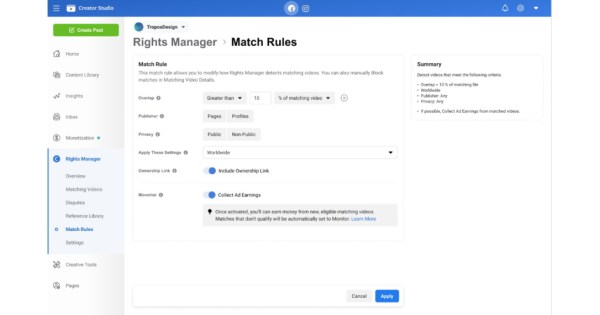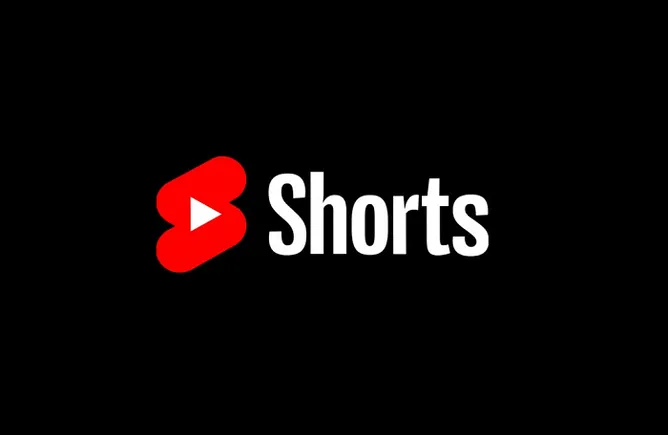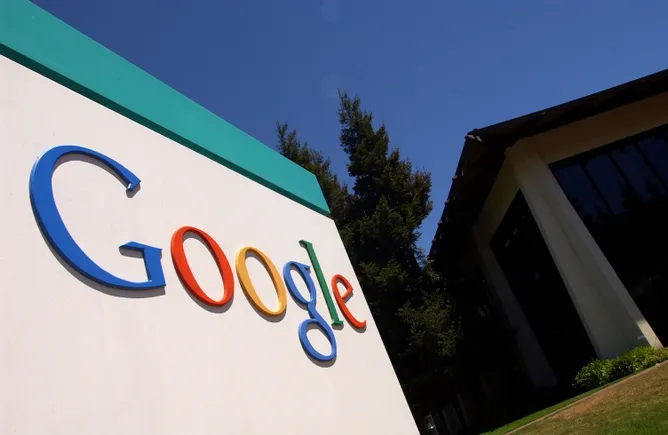Meta is testing a new payout model that will pay Facebook and Instagram creators based on how many views their Reels get.
On Tuesday, Meta announced that it would be changing how creators earn money from their content so that it would be based on the performance of their public Reels, not the earnings of ads on their Reels.
“This means creators can focus on creating engaging content while we optimize the ad experience for advertisers and people,” Meta explains in a blog post.
“Payouts will be determined by the number of plays. The better a creator’s reel performs, the more they can earn. Over time we may begin to incorporate other signals into payouts.’
Therefore, creators who amass the highest number of views on Reels will earn the most. Other factors such as engagement metrics or the ad revenue generated from videos will not matter towards payouts.
“We’re learning through our tests that payouts tied to performance are better at balancing the needs of everyone,” Meta explains.
Meta began testing ads on Facebook Reels last year as a way for creators to earn money on their Reels.
The company says “thousands” of creators are now eligible to join the monetization program on Facebook. Meta also plans to test a similar program for Reels creators on Instagram in the “coming weeks.”
All creators who are invited to participate in the program will automatically be added to the new payout model.
The change comes Meta announced in March that it was cutting its Reels Play bonus program on Instagram and Facebook, which offered monthly payouts to short-form creators who hit certain view counts and other metrics.
On its Q1 2023 quarterly earnings call last month, Meta CEO Mark Zuckerberg and Meta CFO Susan Li revealed that users were spending over 24% more time on Instagram because of Reels.
However, Li acknowledged the challenges of monetizing Reels and admitted that the short-form video format was destroying some of the revenue that Instagram would traditionally make from photos and Stories.
Short-form video content is inherently harder to monetize because of the lack of in-stream ads. In 2021, YouTube similarly introduced a $100 million fund that paid creators to post content on its TikTok-clone YouTube Shorts. However, YouTube Shorts moved to a traditional ad revenue share model last year.
Image credits: Header photo licensed via Depositphotos.









